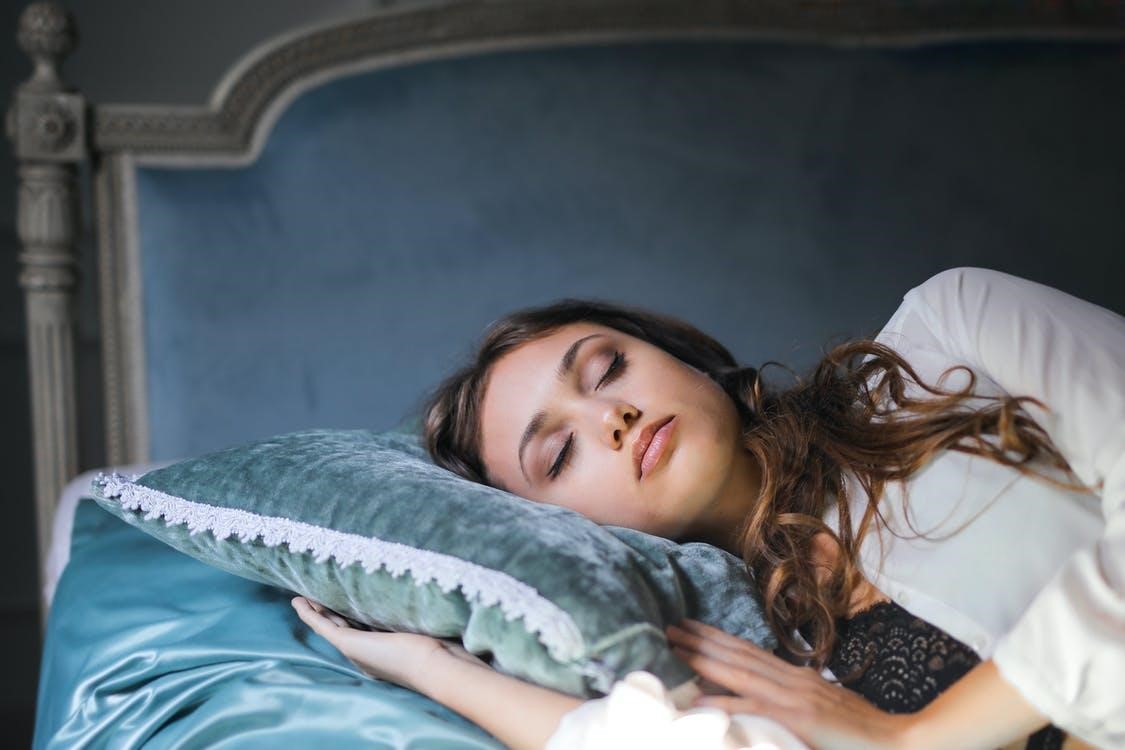Many Americans don’t get enough sleep, leading to various health problems such as diabetes and heart disease. One of the most common causes of this issue is sleep apnea. This condition occurs when a person stops breathing during sleep.
What is Sleep Apnea?
If you have sleep apnea, your body can’t get enough oxygen because it stops breathing during sleep. You may want to talk to your doctor about treatment. Other symptoms of this condition, such as daytime sleepiness, may also be present. There are three main types, but obstructive sleep apnea (OSA) is the most common.
The upper airway gets blocked multiple times while sleeping for those suffering from OSA. This condition can lead to a reduction in airflow. Other factors that can increase the risk of developing this condition include changes in hormone levels or obesity.
Treatment Options for OSA
- CPAP Machine
When soft tissues in the throat relax too much, it causes muscles in the area to block the airway. A CPAP machine is the most common type of treatment for this condition. It helps keep the air flowing through the mask worn while sleeping.
- BiPAP Machine
A BiPAP machine is a type of treatment that uses a bi-level pressure to keep the air moving through the nose and throat. Unlike a CPAP, which requires constant pressure, a BiPAP doesn’t provide the same amount of air while you breathe. However, some people with sleep apnea have difficulty exhaling with the constant pressure of a CPAP.
- ASV and Alternative Machines
Adapto servo ventilation machines (ASVs) are used for people with sleep apnea who cannot breathe through a CPAP machine. These can adapt to their breathing and provide varying amounts of air during breathing. Although the options for PAP machines can be daunting, most people with sleep apnea can still benefit from these types of treatment.
- Oral Appliances (MADs)
For those who want sleep apnea treatment without a CPAP, there are other options, such as oral appliances. Although PAP machines are more effective at treating sleep apnea, some people prefer oral appliances. These are designed to help open the airway and are made to fit over your mouth. Some models are custom-made by dentists. In addition to being made to fit over your mouth, these devices can also be bought over the counter.
- Lose Weight
A study by researchers has shown that obesity and sleep apnea are linked. Obese individuals with this condition are prone to having fat deposits in their upper airways, which can restrict their breathing. According to the researchers, weight loss can help treat sleep apnea.
- Nasal Decongestants
In some cases, nasal strips can help open airways and improve breathing, but these strips have a limited success rate.
- Upper Airway Stimulation
If you have sleep apnea and are unable to breathe through a CPAP machine, your doctor may suggest a device known as an upper airway stimulator. Such an electrical device is placed in the chest and stimulates the muscles in your tongue to improve your breathing.
- Surgery
One of the most common procedures that can be performed for sleep apnea is uvulopalatopharyngoplasty. This type of operation involves taking out soft tissue from the back of the throat. Other procedures may involve the removal of other soft tissues, such as the nose and the jaws.
- Switch Sleep Positions
Some people with sleep apnea are prone to having difficulty falling asleep while on their backs. Positional therapy can help them switch their sleeping positions. For instance, some people wear clothes with a tennis ball inside, which they can use to encourage them to sleep on their side.
- Stop Drinking Alcohol
Consuming alcohol before bedtime can cause sleep apnea and can narrow the breathing apparatus, which can make it harder to breathe.
- Exercise
Some studies have shown that exercise can help people with sleep apnea. However, sleeping pills and anti-anxiety medications can worsen the condition of some suffering from obstructive sleep apnea.
Having sleep apnea doesn’t mean you’ll never get quality sleep for the rest of your life. Instead, work with your doctor or dentist to try and find what treatment options work best for you.

























